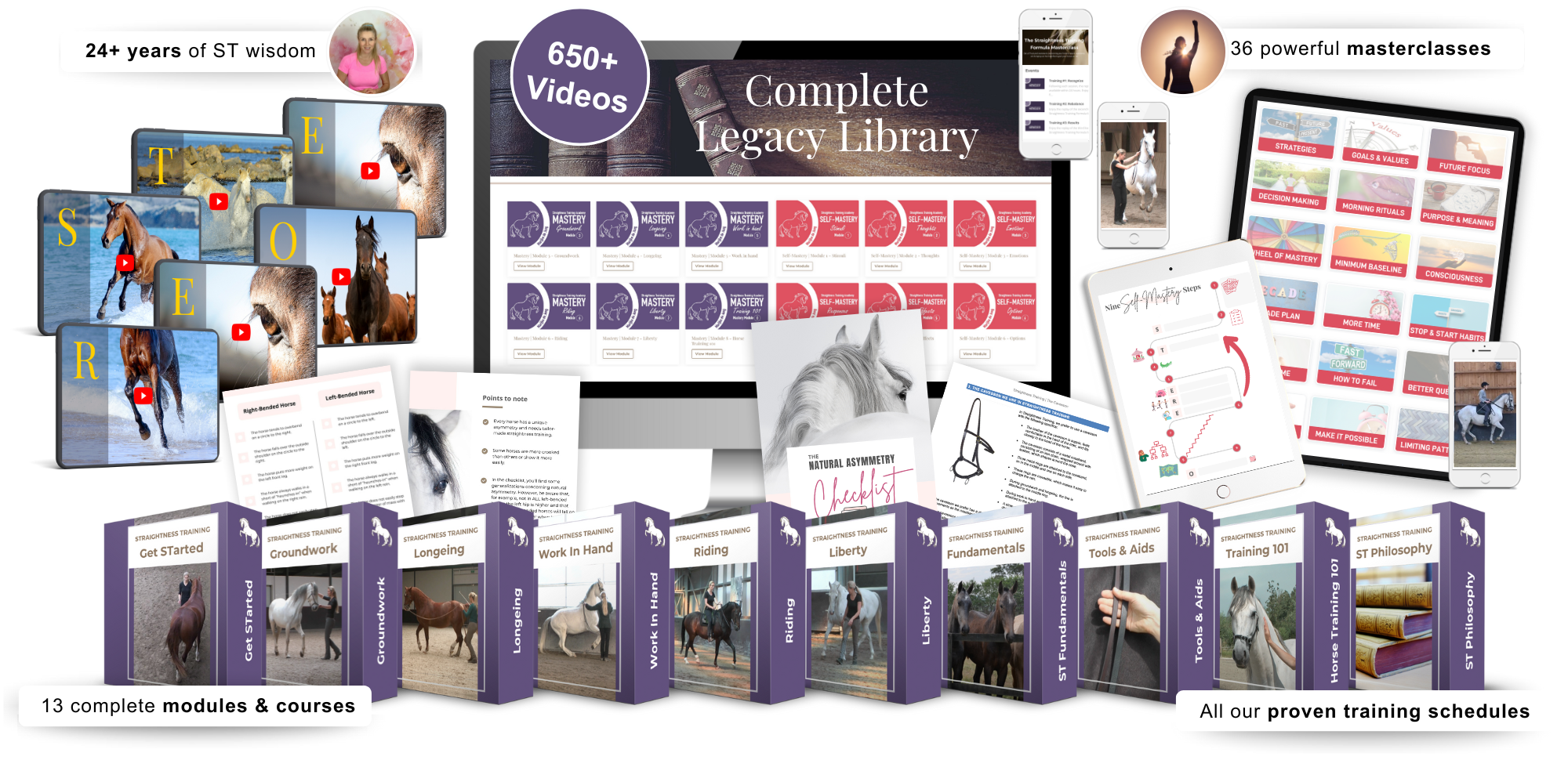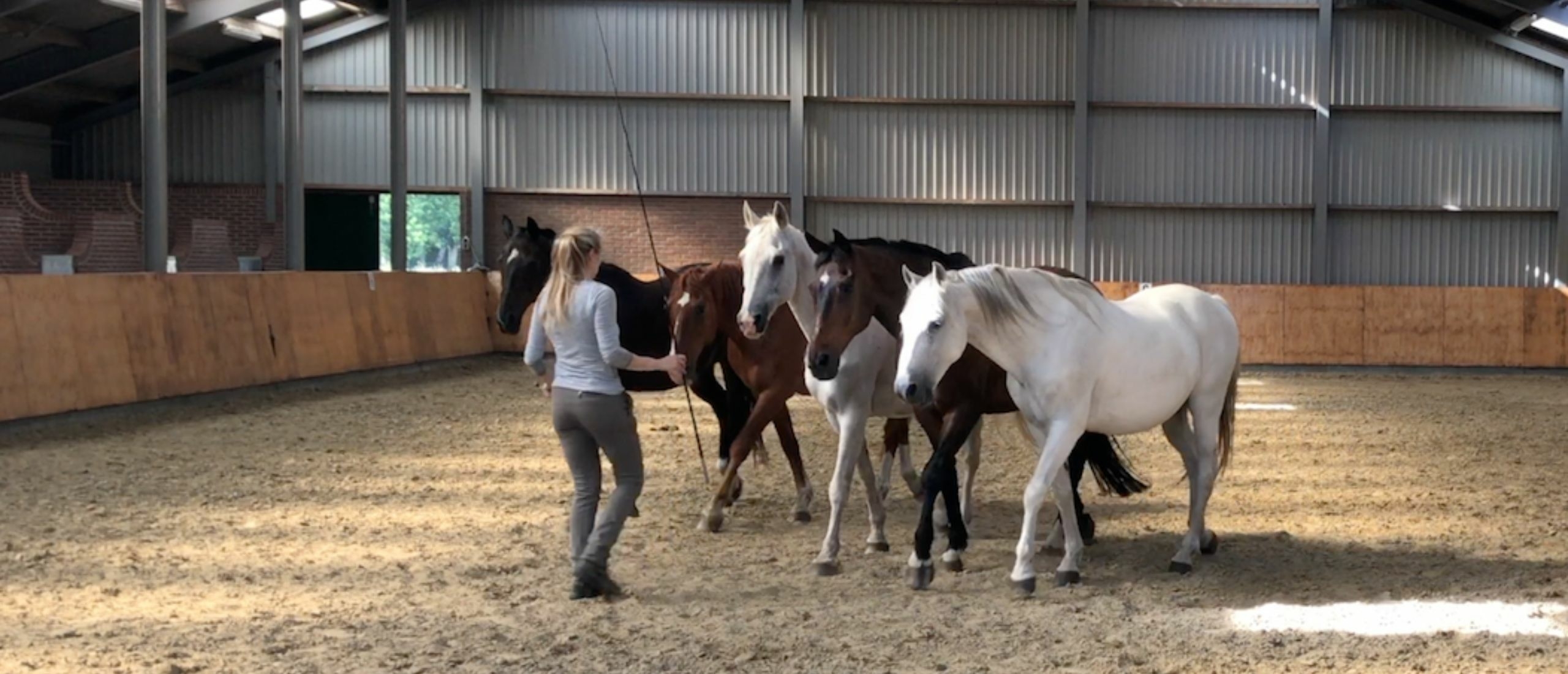
The Map Is Not The Territory
When it comes to Straightness Training:
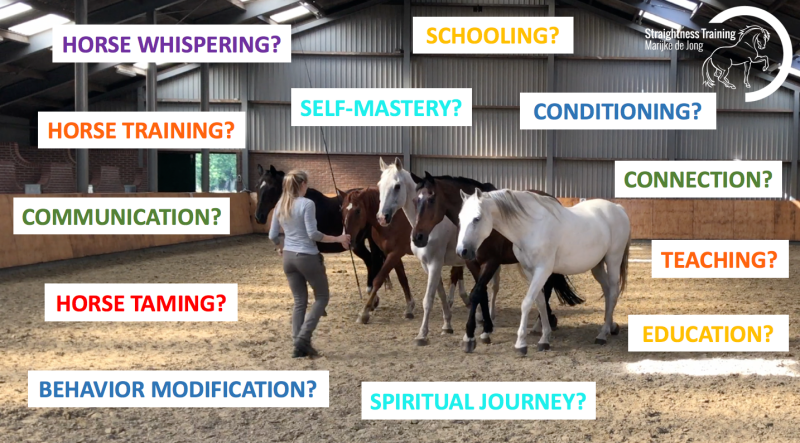
Should we describe it as:
- Horse training?
- Schooling horses?
- Education?
- Teaching?
- Conditioning?
- Behavior modification?
- Communication?
- Mastery?
- Self-mastery?
- Horse whispering?
- A spiritual journey?
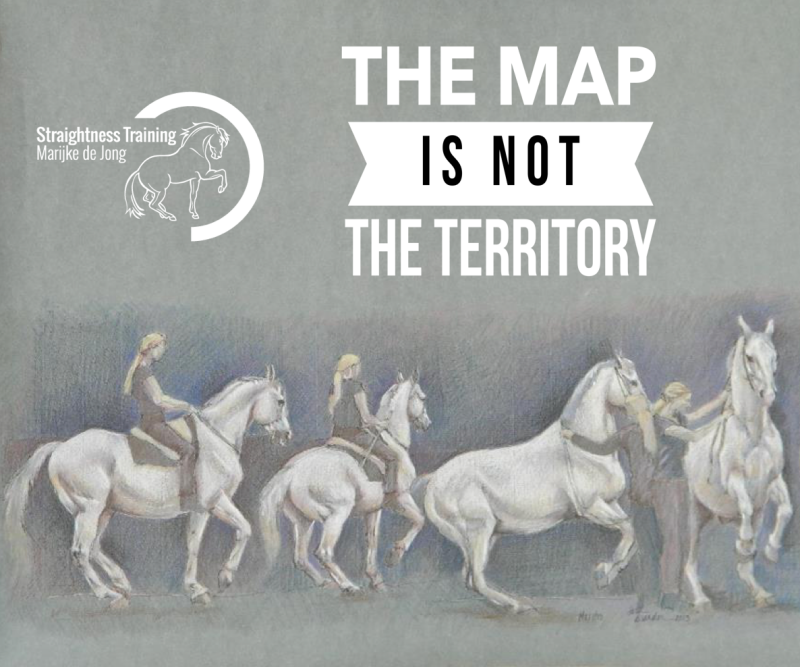
Well, it’s simple:
It depends on our level of consciousness.
So it doesn’t matter how you want to call it.
Besides this:
The map isn’t the territory anyway.
Therefore, feel free to choose the word you are most comfortable with!
The Map and the Territory: Two Different Things
Viewing the map of Portugal and experiencing the country of Portugal in real life is not the same.
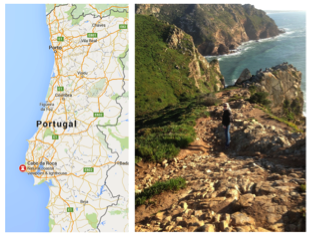
The idea of something and the experience of something are two very different things.
Maps, at the very best, can only point the way.
It’s the same with ideas and concepts:
At the very best, they can only motivate, inspire, and point the way.
They can only help us find our own path.
Representation of Reality
All frameworks and concepts we use in Straightness Training (ST) form a representation of reality.
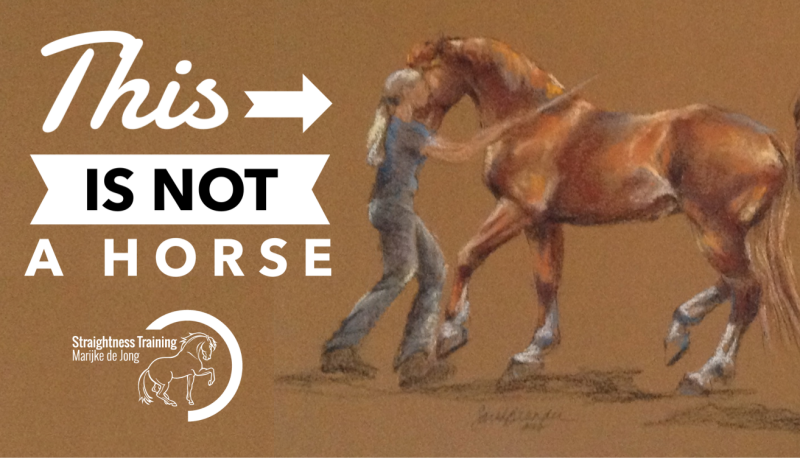
It’s like this painting:
It’s not a horse…
You cannot train this horse…
If I had written on this picture “This is a horse”, I’d have been lying.
Because it’s just a representation of a horse.
Now all words and all concepts we use in ST, are a model of the horse’s world.
And we use them to explain the way a horse acts, interacts, thinks, learns, feels, and experiences life in general, and training and teaching in specific.
But on the other hand, we must be comfortable with the fact that the words are no replacement for the experience.
When we’re talking about ST, really we’re just talking about how to orientate ourselves towards the experience.
And this can be quite frustrating sometimes, for the intellectual and rational mind that wants to understand, and explain, and analyze everything.
But if we want to discuss Straightness Training, then we must be comfortable with the fact that the words are no replacement for the experience.
Because the map will NEVER be the territory.
General Semantics
The “Map-Territory Relation” has its origin in the philosophy of “General Semantics“.
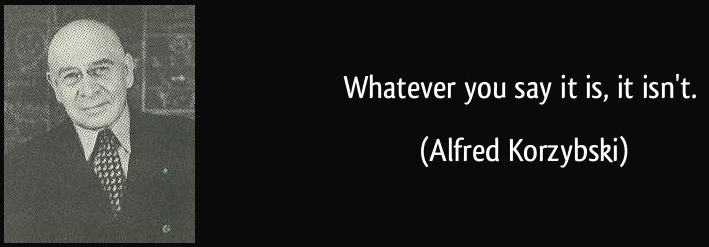
The founder of General Semantics, Alfred Korzybski (1879-1950), stated in 1931 that “the map is not the territory“.
This means, that the awareness of the thing and the symbols we use to perceive it – the map – are not the same as the actual thing itself – the territory.
So when we’re talking about Straightness Training, the words themselves they are not the thing.
Words, ideas, concepts, frameworks, metaphors, they are just guiding us, pointing us, in a particular direction of our own experience.
A symbol such as a map – while useful as a tool to understand the lay of the land – is not actually the land itself.
The painting is not the horse itself.
The land itself or the horse itself are completely separate and unique in physical and existential reality.
However, “General Semantics’ will help us to understand reality.
It’s designed for the human, not for the horse.
Our beliefs about reality are formed by our perceptions of the world and specifically the language we use to define it.
So let’s dive into this linguistic representation of reality.
Linguistic Representation
Words are only symbols to define something.
It’s a linguistic representation of something in real life.
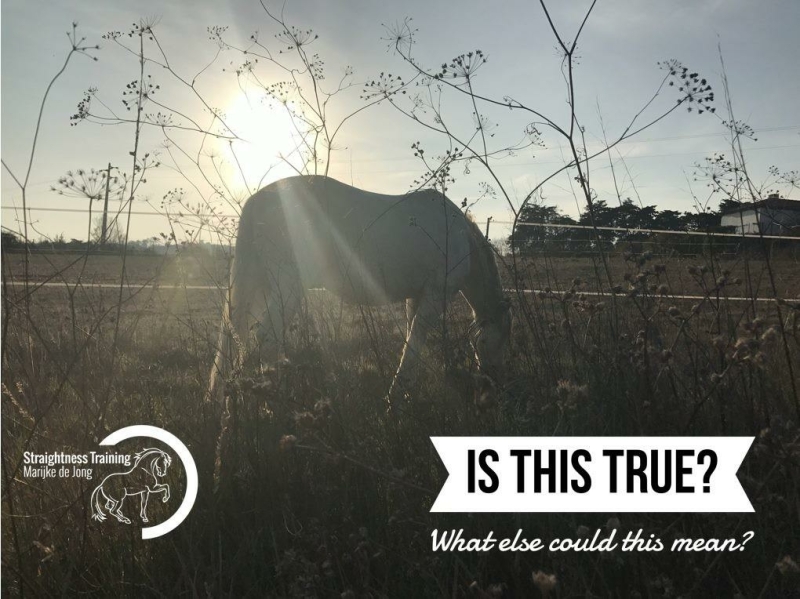
But the same words in different languages can have different meaning.
For example:
- “Burro” means “donkey” in Spanish, but “burro” means “butter’ in Italian.
- “Rana” means “frog” in Spanish, but it means “wound” in Romanian and Bulgarian.
- “Kind” means ”child” in Dutch and German, but it means ”sheep” in Icelandic.
- When you hear the Swedes say ”bra” they mean ”good” instead of a type of women’s underwear.
- The number six in Spanish is ”seis” and for the Finnish, they say this when they mean, ”stop!”
- “Fart” is a vulgar English word, but it means “speed” in Swedish.
Languages are definitely fascinating and interesting!
But there is enough reason to learn a few things about it to avoid confusion, because words could mean differently.
So we always have to ask ourselves:
- Is this true?
- What else could this mean?
Words & Conditioning
Words might make people feel uncomfortable.
Just because of the association.
Because of our own conditioning we have linked a certain meaning and emotional feeling to a word.
That’s why some riders might feel uncomfortable with the use of certain words we use in ST, for example:
- Leader
- Leadership
- Dominant
- Submissive
- Pressure
As a result, riders might choose to favor or to avoid a certain word only because they understand the word from their own emotional point of view.
For example;
- Nowadays, it’s very trendy to be a complete opponent of “punishment”, just by the emotional feeling the word alone triggers.
- For the same reason riders are sometimes extremely drawn to “positive reinforcement”, again just by the emotional sensation the words “positive” and “reinforcement” triggers. Not because they have a complete understanding of the scientific concept, knowing all the benefits and costs in all possible contexts.
- Also when “negative” is simply interpreted as ‘bad’, some people avoid using the concept of negative reinforcement. Some people even believe that negative reinforcement is the same as punishment.
Those different views on words have to be respected, but we have to keep in mind that it’s a word choice and a choise of meaning.
And when meanings differ, this can easily lead to a stormy discussion when our level of consciousness is low.
Words & The Level of Consciousness
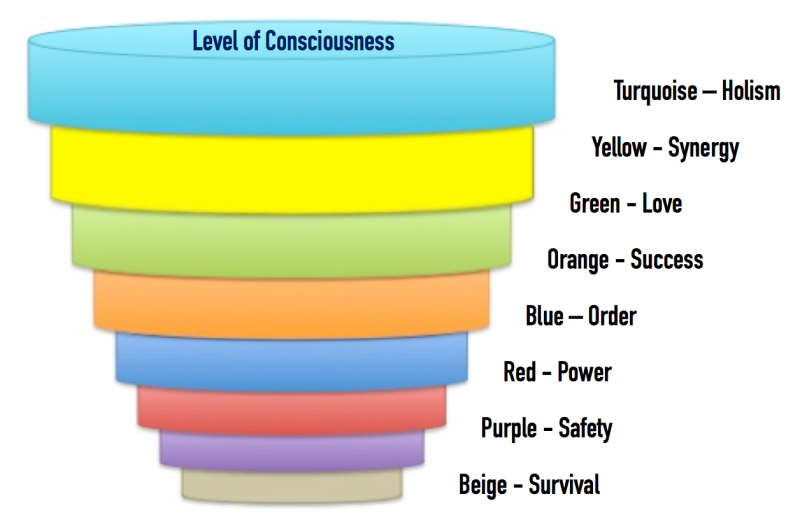
The association, we as human, have with certain words is based on our past experiences, on our beliefs, and on our perceptions of the world.
Also our level of consciousness influences how we are feeling about and are using words.
- In the 8 Levels of Consciousness you can read all about all levels.
The different views on words have to be respected, but we have to keep in mind that it’s a ‘word choice‘.
Now if we have a “blue” level of consciousness, the level of “law & order”, we link unmistakable moral judgments to words, and we easily become a sort of “robots”:
Our algorithms do not allow subtleties:
- It is yes or no.
- It is right or wrong.
- It is good or bad.
Then, a word choice can lead to a heated discussion, which in most cases is a more linguistic or semantic discussion, than a practical one.
Because there is, on this lower level of consciousness, a denial of other factors.
There’s a lack of eagle’s view on the entire context, with all it’s subtleties, nuances, details, and exceptions.
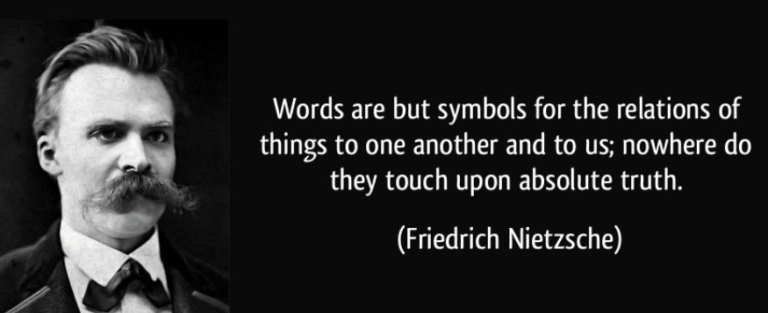
If we are operating on a “yellow” or “turquoise” level of consciousness we realize that “semantics’ will help us to understand the territory and the reality, but are fully aware of the different meanings of words.
We realize that words are just guiding us, pointing us, in a particular direction of our own experience.
At the same time, we understand that nowhere do words touch upon the absolute truth.
And that words are simply meant to create awareness for the complex reality horses live in.
That words are designed for the human, not for the horse!
Words form a representation of reality, and are meant to increase understanding.
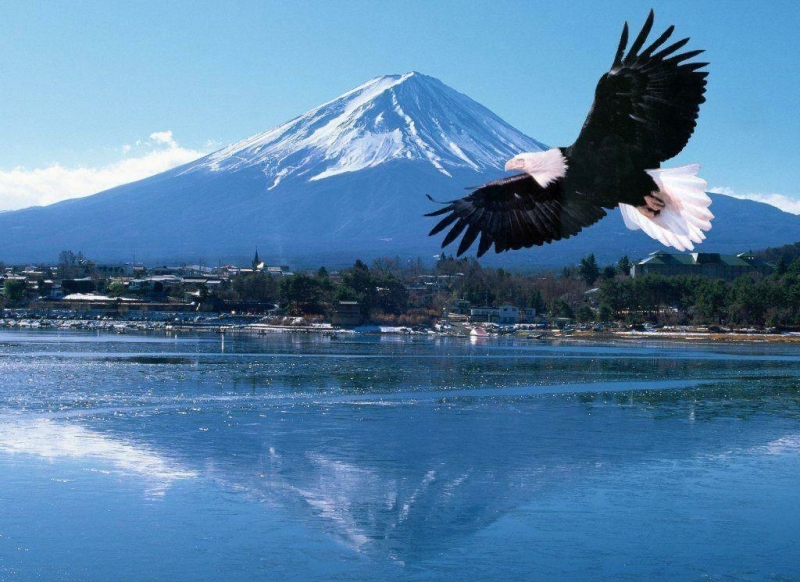
We just need to choose what resonates best.
So if we are operating on a higher level of consciousness, we can easily replace words:
- Leader –> teacher, trainer, guide, coach
- Leadership–> coaching, providing direction
- Dominant–> influential, presiding, assertive
- Submissive–> subordinate, obedient, willing
- Pressure –> aids, guidance
This way we could still speak about the same concept, only using different words.
It doesn’t matter:
At a higher level of consciousness, we can see words in a “story-free” and “emotional-free” way and rest in the essence when we train our horse, where we ask ourselves:
- Is what I do effective?
The map is not the territory anyway!
Reality (the territory) is much more complex and cannot be expressed through words (map).
Nowhere do words touch upon absolute truth!
Therefore, it’s really important not to hang too tightly onto the words.
Instead, it is important to notice the context, so we can see subtleties and nuances, and can simply create awareness for the complex reality horses live in an as a result, act effectively.
Three Dimensional Reality
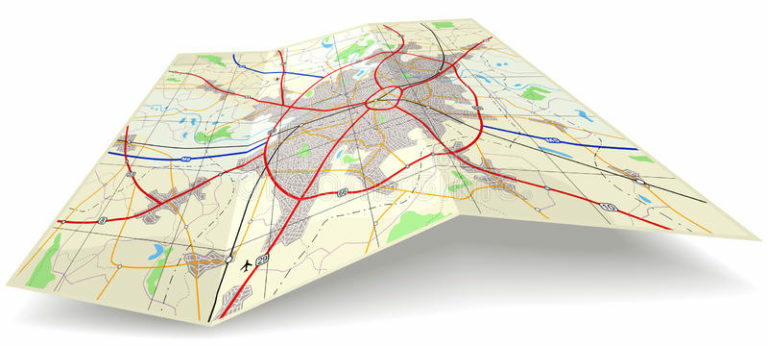
A map is one-sided, but the world itself that exists around us and inside of us is never one-sided.
A painting is one-sided, but a real horse isn’t.
The real territory is never one-dimensional.
Therefore, maps, words, and concepts are simplistic models of the world.
They are sometimes very ‘shortcut’ descriptions to understand the complex reality with all its dynamics.
But maps help us to navigate through the Bigger Picture.
It’s important to keep in mind that we use words, concepts, frameworks, strategies, techniques so we can learn to train our horses, but the real world with our horses will always be 3D: three dimensional.
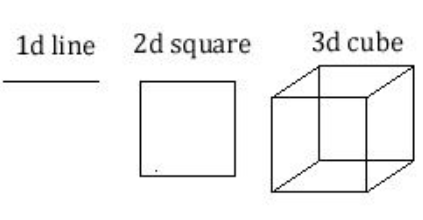
The real world is never a direct line.
It’s a dynamic environment, with different layers, touching several dimensions, where you and your horse are always on a continuum, shifting and changing in response to the training, interaction, environment, and teaching and learning experience.
But we need a map to get STarted in the dynamic ST environment.
We need some signposts to navigate through the ST jungle.
Signposts
To help you navigate through the dynamic environment of horse training, ST consists of a set of frameworks, concepts, and instructions.
Now, these instructions for Straightness Training are not rules that are set in stone.
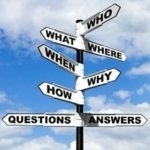
They are guidance.
Signposts.
They are a suggesting framework for training your horse that you can adapt to make your own.
So this is important:
There are obviously techniques, strategies, concepts, and frameworks that you can apply and incorporate in your training – but it’s also important to make those work FOR you.
Because sometimes you might see them set out in a certain way, or explained in a certain way, and you’re trying to apply that. And for whatever reason, that doesn’t quite work for you and your horse.
Then just remember, that they’re signposts.
It’s a guide towards approaching training, your horse, and the partnership with your horse in a particular way.
And it’s up to you to try, incorporate, and adopt them.
And to change your approach if it doesn’t work!
Therefore, it’s far better to make them an experience, rather than keeping them on a sort of conceptual level.
So if you found a way to make the instructions work for you and your horse, then, by all means, adopt them.
But the core element in your laboratory is, being present with a kind, open, and curious mind.
That should really be part of any practice and any ST laboratory!
Only then, you will think first, act later, check the results, and change your approach with 2mm at a time.
Only in this way, the map will work for you in your own personal territory.
Seek what they sought
There’s a saying:
- Do not seek to follow in the footsteps of the wise – seek what they sought.
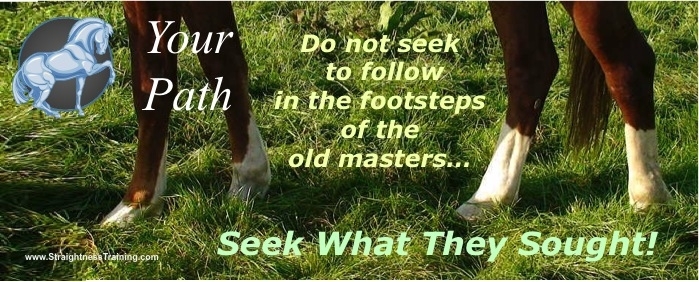
It’s the essence of how to deal with maps and concepts, and this Zen story will explain this essence:
—
The Zen teacher’s dog loved his evening walk with his master.
The dog would bound ahead to fetch a stick, then run back, wagging his tail, and wait for the next game.
On this particular evening, the teacher invited one of his brightest students to join him.
It was a girl so intelligent that she became troubled by the contradictions in Buddhist doctrine.
“You must understand,” said the teacher, “that words are only guideposts.”
“Never let the words or symbols get in the way of truth.”
“Here, I’ll show you.”
With that, the teacher called his happy dog.
“Fetch me the moon”, he said to his dog and pointed to the full moon.
“Where is my dog looking?” asked the teacher of the bright pupil.
The pupil said: “He’s looking at your finger.”
Then the teacher said: “Exactly. Don’t be like my dog.
“Don’t confuse the pointing finger with the thing that is being pointed at.”
“All our Buddhist words are only guideposts”.
“Every man fights his way through other men’s words to find his own truth.”
—
This means, ST can only give you the map.
ST can only give you the concepts.
But you have to fill in the details!
Fill in the Details
ST can give you knowledge, the logic, the science from the outside in by using maps.
But you have to experience the territory from the inside out.
You have to add your feel, heart, and intuition to find the hidden secrets in the ST jungle.
Only in your own real world, in your own ‘territory’, in your own laboratory, you can find completeness and unity.
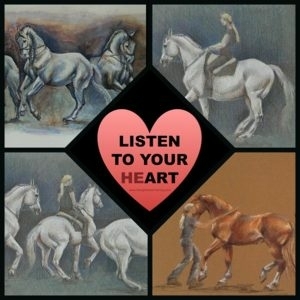
Knowledge and the concepts will be transferred through Straightness Training, but wisdom and experience need to come from the inside out.
ST can do it WITH you, but cannot do it FOR you.
It’s up to you to find the hidden treasures from your own perception in your own ST lab.
Miracles can happen in your ST territory, and these can’t be expressed on a map and taught with concepts only.
They come from the details found because of intuition and experience.
And they can only be found in the dynamic environment of your ST lab.
So how can we fill in the details:
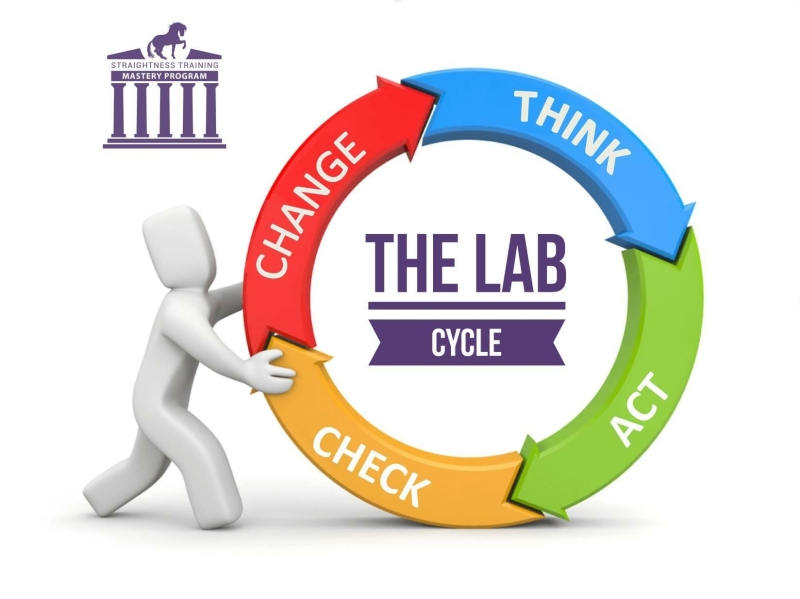
- Think first, study the map, and read between the lines of the intellectual concepts.
- Act and step into your territory, rely on our gut feeling, and experience ST first hand, from the inside out.
- Check your results, and be aware of the subtle STuff which lies outside the focus of attention.
- Change your approach, be open-minded, curious, creative, and imaginative, and trust your ability to come up with original solutions.
Links To Related Articles
- The Function of Frameworks »
- ST gives you the Concepts; You have to fill in the Details »
- How not to fall into the map trap »
- The 8 Levels of Consciousness
- The Lab Cycle >>
- Be a Researcher in Your Lab >>
- All the Magic is in the Grey >>
- Avoid the Extreme, Stay in Green >>
- Are you a Matcher or a Mismatcher? >>
- Knowing ST Intellectually vs Experientially >>

